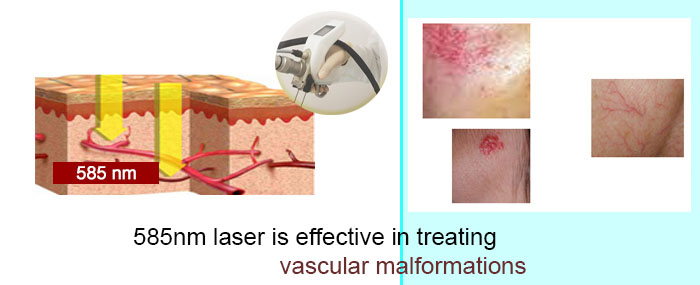 HOME
HOME- Skin Condition
Rosacea
Rosacea
Rosacea is a common chronic skin condition affecting the face, characterised by prolong flushing, redness, pimples, numerous pustules and dilated blood vessels. T It can also cause inflammation of both the eyelids and the eyes. While some people experience thickening of the skin on the nose, which is called rhinophyma. Rosacea can be classified into four types, including ocular, phymatous, papulopustular and erythematotelangietatic. The disease usually starts with transient central facial redness, then may later complicated with more persistent redness and acneform eruptions. Some patients may develop into later stage which may result in skin hyperkeratosis. A proportion of the cases may also have eye involvement which may cause eyes redness, itch or pain.The cause is not fully revealed but it is related to genetic factors, environmental factos that caused the vascular instability and inflammation.
Rosacea can have a significant impact on quality of life. The persistent redness and pimply rash on the face is not only a medical condition, it also causes comestic embarrassment such as anxiety
and low self esteem. Some patients tend to avoid social events. Therefore, it is important for rosacea patients to seek professional help and manage this disease in a proactive way.
Similar to other chronic skin diseases, rosacea requires nemerous treatments.
Treatment involved topical agents for mild cases. Newer topical agents may bring down the redness transiently with
vasoconstriction which is helpful in patients' social life.
Some patients may benefit from a course of oral and topical antibiotics, isotretinoin.
Persistent telangiectasia may also be treated with vascular laser which is specific for blood vessels. Laser therapy can reduce both erythema and telangiectasia. The 585nm wavelength targets haemoglobin and is capable to treat dilated blooed vessels.










